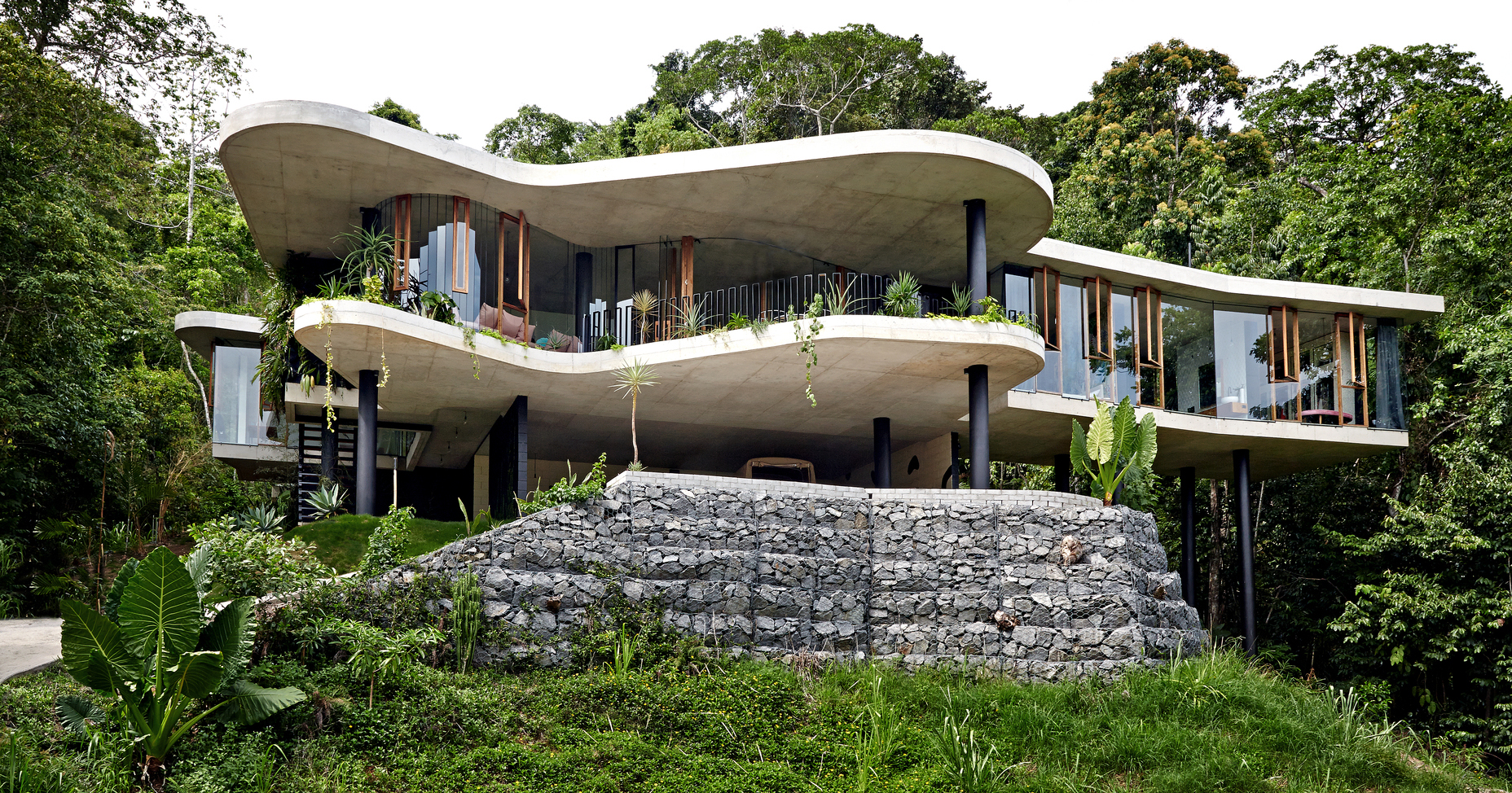Absolutely! Here’s a comprehensive article of approximately 2700 words on modern tropical house design, with list items replaced by `
` and `
` tags for improved readability and structure.
The allure of tropical living evokes images of lush greenery, gentle breezes, and a seamless connection with nature. Modern tropical house design takes these idyllic concepts and fuses them with contemporary architectural principles, creating spaces that are both luxurious and intimately connected to their surroundings. This style isn’t just about aesthetics; it’s a holistic approach to living that prioritizes comfort, sustainability, and harmony with the environment.

Modern tropical architecture is characterized by a set of core principles that guide its design and implementation.
Open-Plan Living and Seamless Indoor-Outdoor Flow
A fundamental aspect of modern tropical design is the blurring of lines between indoor and outdoor spaces.

Natural Materials and Textures
The use of natural materials is paramount in modern tropical design.
Maximizing Natural Light and Ventilation
Strategic placement of windows and skylights is crucial for maximizing natural light, reducing the need for artificial illumination.
Integration of Water Features and Greenery
Water features, such as pools, ponds, and fountains, are often integrated into modern tropical designs, adding a sense of tranquility and cooling the surrounding environment.
Emphasis on Shading and Climate Control
Tropical climates necessitate careful consideration of shading and climate control.
Modern tropical house design incorporates a variety of architectural elements and design features that contribute to its unique aesthetic and functionality.
Roofs and Overhangs
Roofs with deep overhangs are a common feature, providing shade and protecting the building from heavy rainfall.
Windows and Doors
Large, expansive windows and sliding glass doors are used to maximize natural light and create a seamless flow between indoor and outdoor spaces.
Courtyards and Patios
Courtyards and patios are often incorporated into modern tropical designs, providing shaded outdoor living spaces and promoting natural ventilation.
Natural Materials and Finishes
Natural materials, such as wood, stone, bamboo, and rattan, are used extensively in both structural and decorative elements.
The interior design of a modern tropical house complements its architectural features, creating spaces that are both stylish and comfortable.
Color Palettes
Color palettes inspired by nature are often used, with earthy tones, vibrant greens, and blues creating a sense of harmony with the surroundings.
Furniture and Decor
Furniture made from natural materials, such as wood and rattan, is often used to complement the architectural style.
Lighting
Natural light is maximized, with large windows and skylights providing ample illumination.
Modern tropical house design places a strong emphasis on sustainability and environmental responsibility.
Energy Efficiency
Natural ventilation and shading are prioritized over air conditioning, reducing energy consumption.
Water Conservation
Rainwater harvesting systems and water-efficient fixtures are used to conserve water.
Integration with the Natural Environment
Designs are often tailored to the specific climate and topography of the site, minimizing environmental impact.
Modern tropical house design is adaptable to a variety of tropical climates and cultural contexts.
In Southeast Asia, designs often incorporate elements of traditional architecture, such as raised platforms and intricately carved wood details.
Modern tropical house design is more than just an architectural style; it’s a philosophy of living that celebrates the beauty of nature and embraces the comforts of contemporary living. By prioritizing open-plan layouts, natural materials, and sustainable practices, modern tropical homes create spaces that are both luxurious and intimately connected to their surroundings.
modern tropis house design
